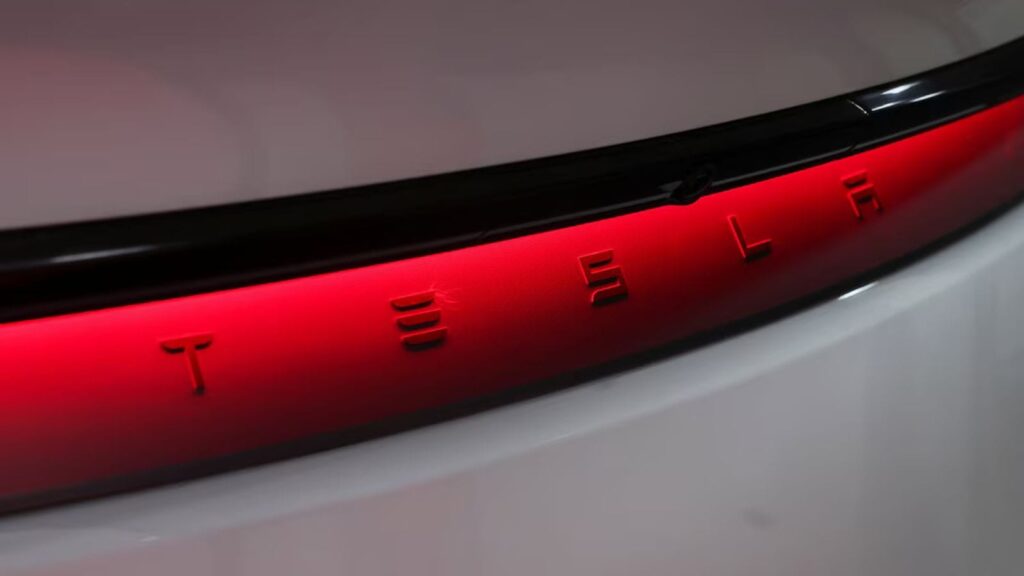970x125
Earlier this week, Tesla ended Project Dojo, which was a partnership between Tesla and Dojo computers. This brought an end to the automaker’s efforts to build in-house chips for its driverless technology goals.
970x125
Tesla has been focused on building driverless cars for almost a decade now. So why did Tesla end its attempts to produce chips in-house for its autonomous vehicles?
The decision came because Tesla CEO Elon Musk shifted to relying on Nvidia and AMD for compute chips, along with Samsung for manufacturing. According to Musk, Tesla was closing Project Dojo because it would be inefficient for the business to split its resources and scale two distinct AI chip designs. Dojo would not be included in Tesla’s consumer goods because it was intended to train the company’s autonomous driving programme.
So, what was Tesla Dojo?
Dojo was the automaker’s effort to build custom supercomputers designed to train Tesla’s neural network for driverless cars. A neural network functions like a simulated brain, supporting Tesla’s goal of launching Robotaxi and Full Self-Driving (FSD) cars. This network is installed across a large fleet of Tesla cars today, enabling some automated driving functions that still require a human to be attentive behind the wheel.
Tesla’s decision to shut down Dojo, which Musk had been talking about since 2019, marks a major strategic shift. Musk had previously described Dojo as the cornerstone of Tesla’s AI ambitions and its push for full self-driving, thanks to its ability to “process truly vast amounts of video data.” He even mentioned it briefly during the company’s second-quarter earnings call.
Why does Tesla need a supercomputer?
The primary reason is Tesla’s vision-only philosophy. For FSD to work, its neural networks must identify and categorise objects in the environment, then make driving decisions in real time. This requires training on enormous volumes of driving data so that, when activated, FSD can continuously gather and process visual data at speeds comparable to human depth and motion detection. In essence, Tesla wants to build a digital model of how the human brain and visual cortex function.
To achieve this, Tesla must store, process, and run millions of simulations on video data gathered from vehicles worldwide. Although Tesla depended on Nvidia to run its Dojo training computer, the aim was to reduce reliance on a single supplier and improve performance by boosting bandwidth and lowering latency.
Story continues below this ad
What is a supercomputer?
Tesla’s Dojo system was intended to serve as an AI training platform for FSD. A supercomputer consists of thousands of smaller computers, or nodes. Each node has a central processing unit (CPU) and a graphics processing unit (GPU). While the CPU manages the node overall, the GPU handles more complex tasks, such as splitting workloads into many parts and processing them in parallel. GPUs are critical for machine learning tasks like FSD training in simulation.
Musk’s broader vision is for Tesla to become an AI company capable of making self-driving cars by mimicking human vision. Most other companies in the autonomous driving sector use a combination of sensors—lidar, radar, cameras—and high-definition maps. Tesla believes it can achieve full autonomy with cameras alone, paired with advanced neural networks to analyse data and make instant driving decisions.
What’s happening now?
In August 2024, Musk began promoting Cortex, Tesla’s new AI training supercluster being built at its Austin headquarters to tackle real-world AI challenges. This shifted focus away from Dojo.
Bloomberg reports that Tesla will now rely more on Nvidia and other partners such as AMD for computing and Samsung for chip fabrication. On 28 July 2025, Tesla and Samsung signed a $16.5 billion agreement to produce AI6 inference processors for high-performance AI training, FSD, and Tesla’s Optimus humanoid robots.
Story continues below this ad
Meanwhile, Dojo’s lead, Peter Bannon, is leaving the company, and the remaining team members will be reassigned to other data centre and compute projects within Tesla.
970x125

